Osteopath Laura Maidment offers valuable insights to support expectant mothers as they prepare for birth. She explores historic deliveries, birthing positions and tips to empower mothers as they embark on their childbirth journey.
Giving Birth: A Guide for Expectant Mothers (Summary)
HISTORY LESSON
BIRTHING POSITIONS
WHAT CAN AID A NATURAL BIRTH?
History Lesson
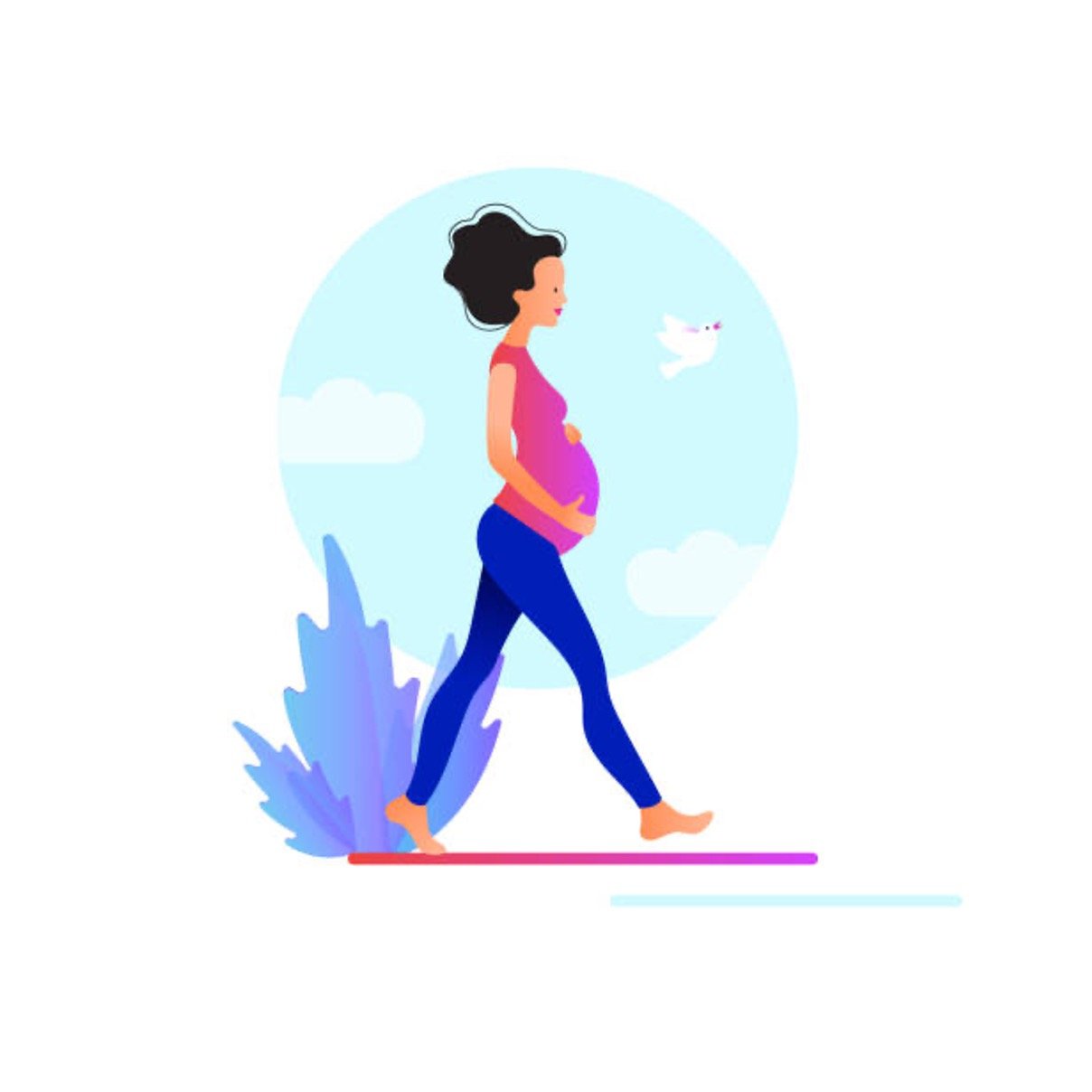
Up until the 17th century women were mainly giving birth in upright positions. French obstetrician, Francois Mauiceau developed the forceps and assumed women adopt a semi-recumbent position for easy application of their use. By the early 18th century many women were giving birth on their backs.
A study by BMC found that 68% of women still give birth on their backs today, despite the knowledge that this could slow down the birth process. Prolonged 2nd stage of labour has been associated with increased maternal and neonatal risks, so it is imperative that women are in the best position to aid in their delivery.
Birthing Positions
ON THE BACK
MR imaging studies have been carried out with pregnant women in different positions, and one woman in 2010, who was the first woman to give birth in an MRI scanner! The results outlined that lying supine prevented the pelvis from opening as wide front to back and side to side.
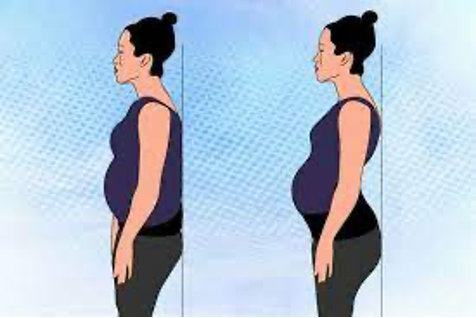
STANDING
Standing causes the top of the pelvis to open and closes the bottom part of the pelvis. Therefore this is the best position for the 1st phase of labour to allow the baby to drop down into the pelvic bowl.
Standing against a wall and tucking the tailbone under with the knees gently bent, rotates the pelvis backwards which further helps to open the upper pelvis.

ALL FOURS
The 2nd stage of labour is when the cervix is completely dilated (>10cm) and the baby makes its way to the pelvic floor. Humans are the only mammals to have rotating babies! All fours opens the pelvis in a way which allows the baby to rotate and engage with the pelvic floor more effectively. This position can be done on hands and knees or kneeling with the arms supported onto something, like a swiss ball or chair.
SQUATTING
The 3rd phase of labour is technically the ‘delivery’, where the baby’s head, body and shoulders start to emerge. This requires the lower part of the pelvis to open. The best position to help this opening is a squat, which greatly nutates the sacrum backwards. Holding onto a fixed stable surface like a doorhandle or even a TRX band or holding onto a partner can help to get into this position. Squatting throughout pregnancy is good preparation for birth to help ‘unlock’ the sacrum and allow the opening of the pelvis.
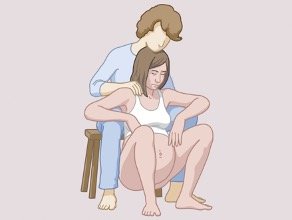
What can aid a natural birth?
Why is it that some women have relatively straight-forward and quick births, but some women who may have a similar pelvic shape have the complete opposite?
Leading French obstetrician, Michel Odent suggests that the neocortex, the new ‘intellect brain’ is far more developed in us humans, and is a tool and instrument involved in attention, thought, perception, communication. However all this neocortical activity inhibits certain physiological functions in the body, like labour. Giving birth is the business of the archaic primitive brain, so doing things which will quieten this part of the brain will help women to cut themselves off from the world and allow a quicker delivery
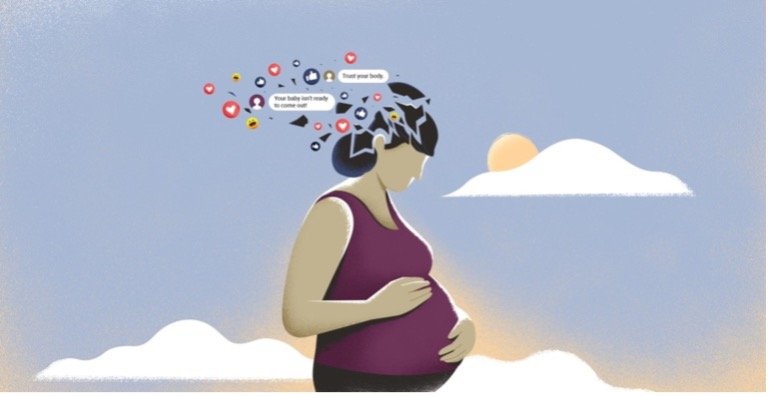
SSSHHHHH
Therefore being in a dark and quiet environment is so important during labour. Turn off bright hospital lights and ensure others around you are not stimulating the thinking brain!
To feel observed is also an example of neocortical stimulation, so thinking about the set up of who’s at the birth is also important.
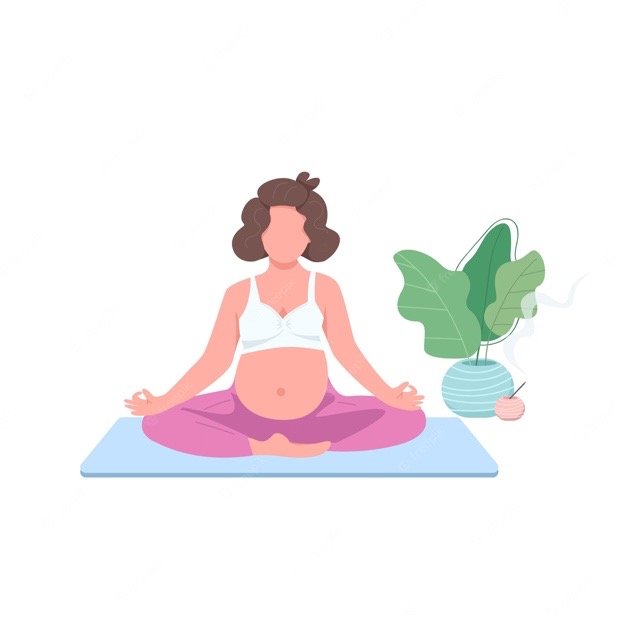
BREATHE
Oxytocin is a hormone that helps to stimulate uterine contractions. Stress is the best inhibitor of this hormone, which can slow the natural birth. The feeling of safety and protection is vital. Hypnobirthing and focusing on the breath are useful tools to calm the nervous system and nurture the subconscious.
Next steps…
Fix provides a holistic approach to healthcare and works collaboratively to support women throughout pregnancy, childbirth and postpartum recovery. We provide comprehensive care tailored to each women’s unique needs. Whether osteopathy, physiotherapy, pelvic health, pregnancy massage, acupuncture or Pilates, our team of practitioners can play a vital role in supporting women through pregnancy and beyond as well as treatment for infants and children.
laura@fixlondon.co.uk
REFERENCES
J. Huang, Y. Zang, L. Rhen, F. Juan Li, H. Lu (2019) A review and comparison of common materal positions during the second stage of labour (Elsevier)
Jonge, T. Teunissen, A. Largo- Janssen (2004) Supine position compared to other psitions during the second stage of labour: A meta-analytic review (Journal of Psychosom Obstetrics and gynaecology)
L. Mselle, L. Eustace. (2020) Why do women assume a supine position when giving birth? The perceptions and experiences of postnatal moathers and nurse-midwvides in Tanzania, BMC pregnancy and childbirth
F.Guttler, A. Heinrich, J. Rump, M. Bucourt, B. Schanackenburg, C. Bamberg, B. Hamm, U. Teichgraber (2012) Magnetic resonance imaging of the active second stage of labour: Proof of principle. European Radiology
S. Micheal et al, (2001) MR Obstetric pelvimetry: Effect of birthing position on pelvic bony dimensions. Ajronline
M. Odent (2021) Womens health and the future of humanity. Lecture during Renzo Monilari Women’s health diploma
Source:https://www.fixlondon.co.uk
